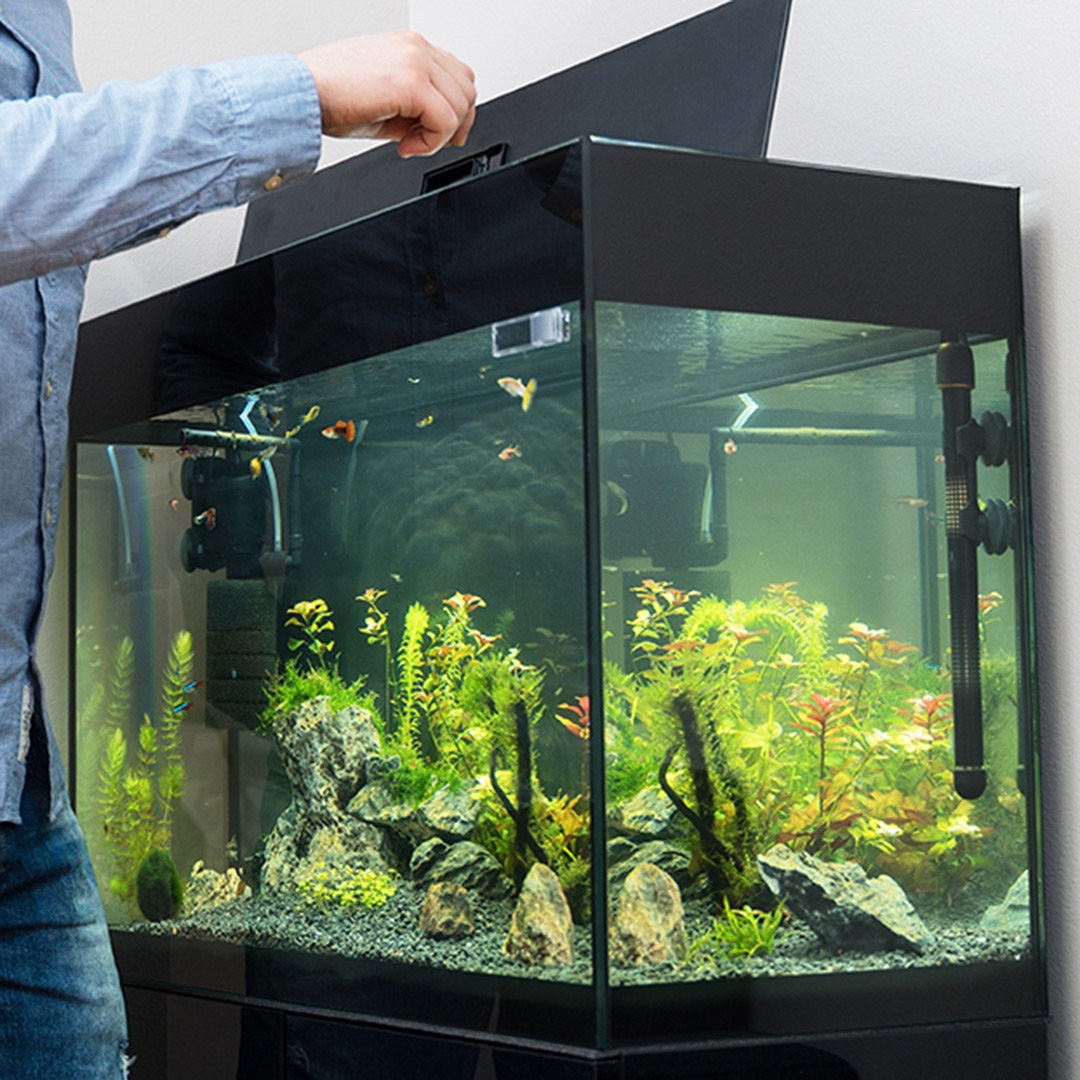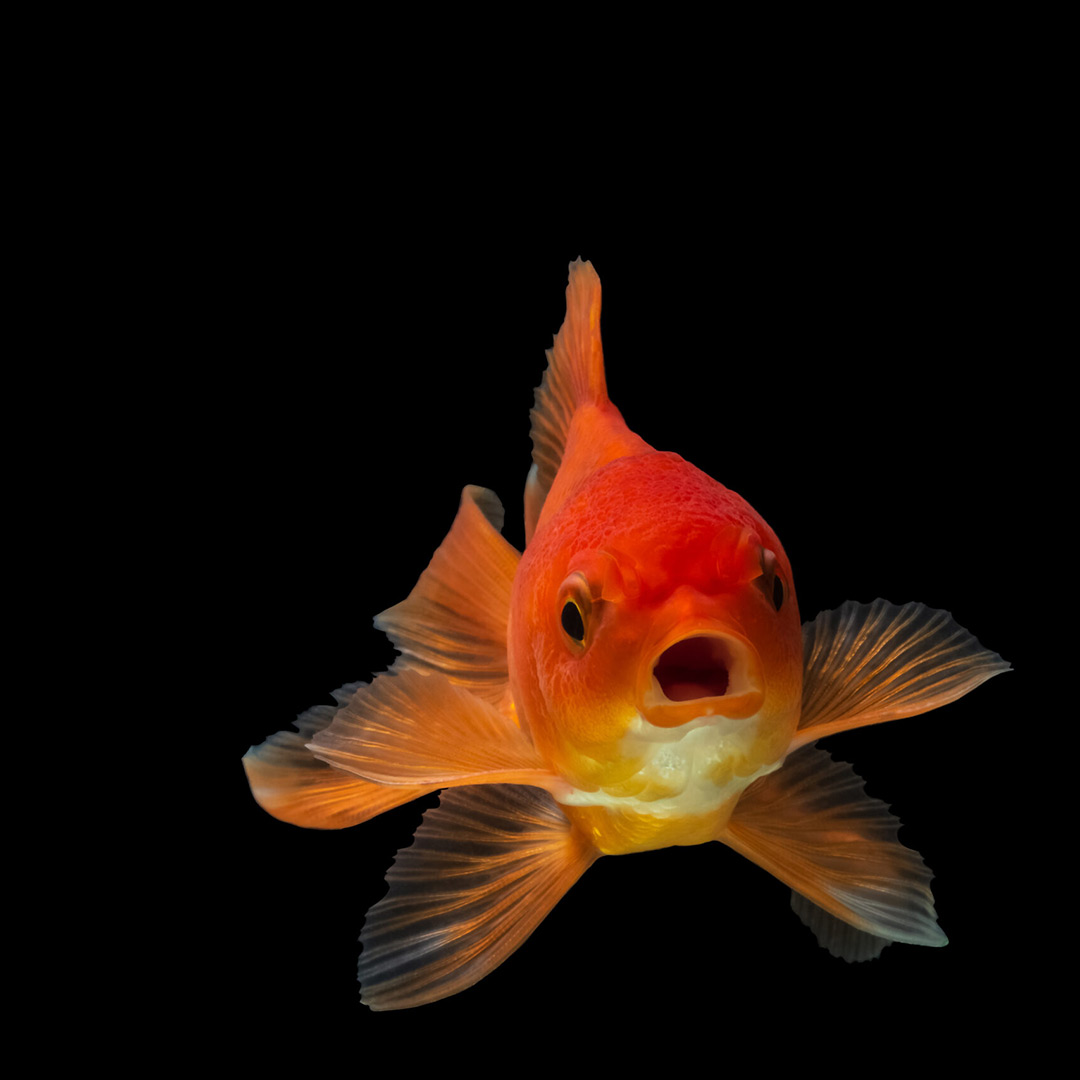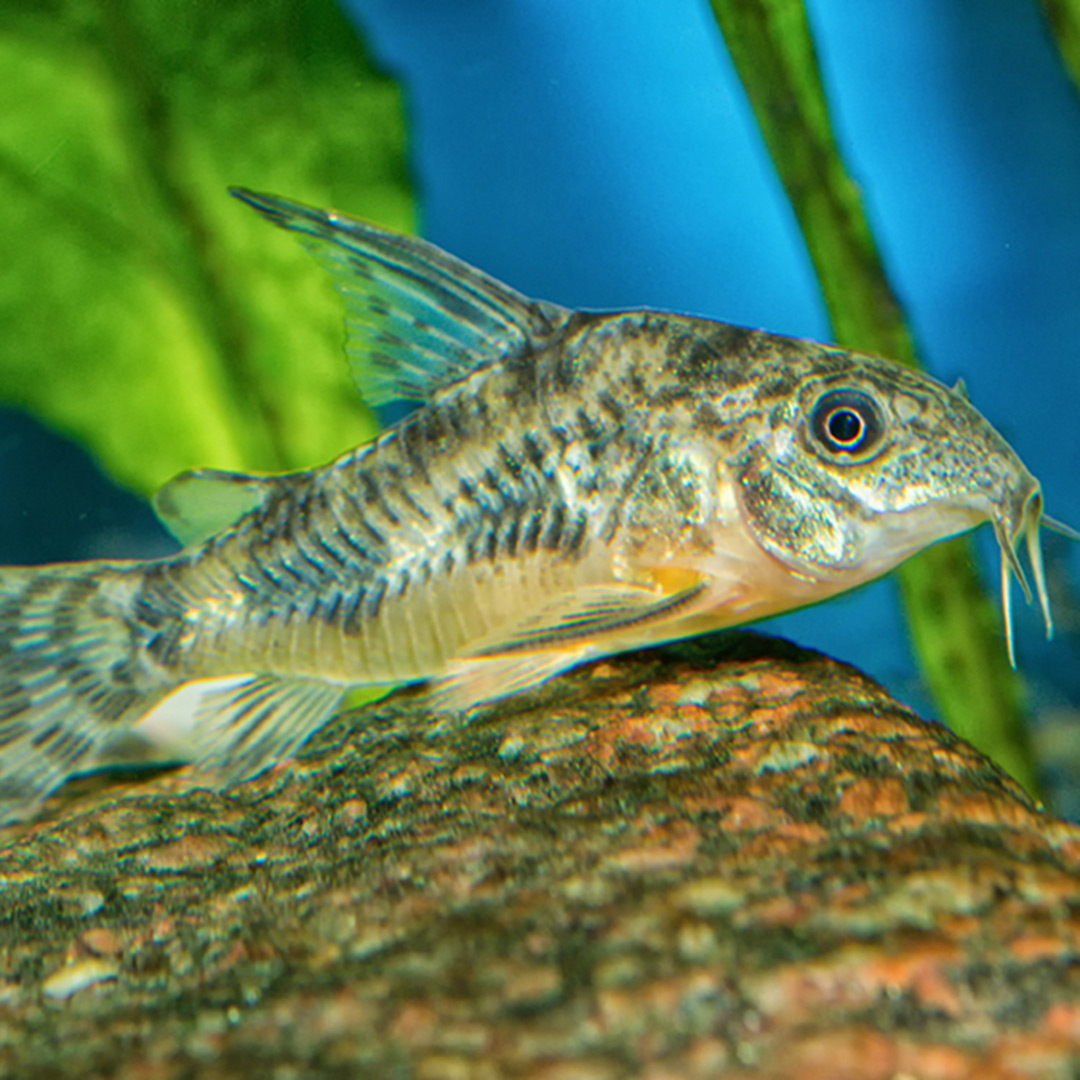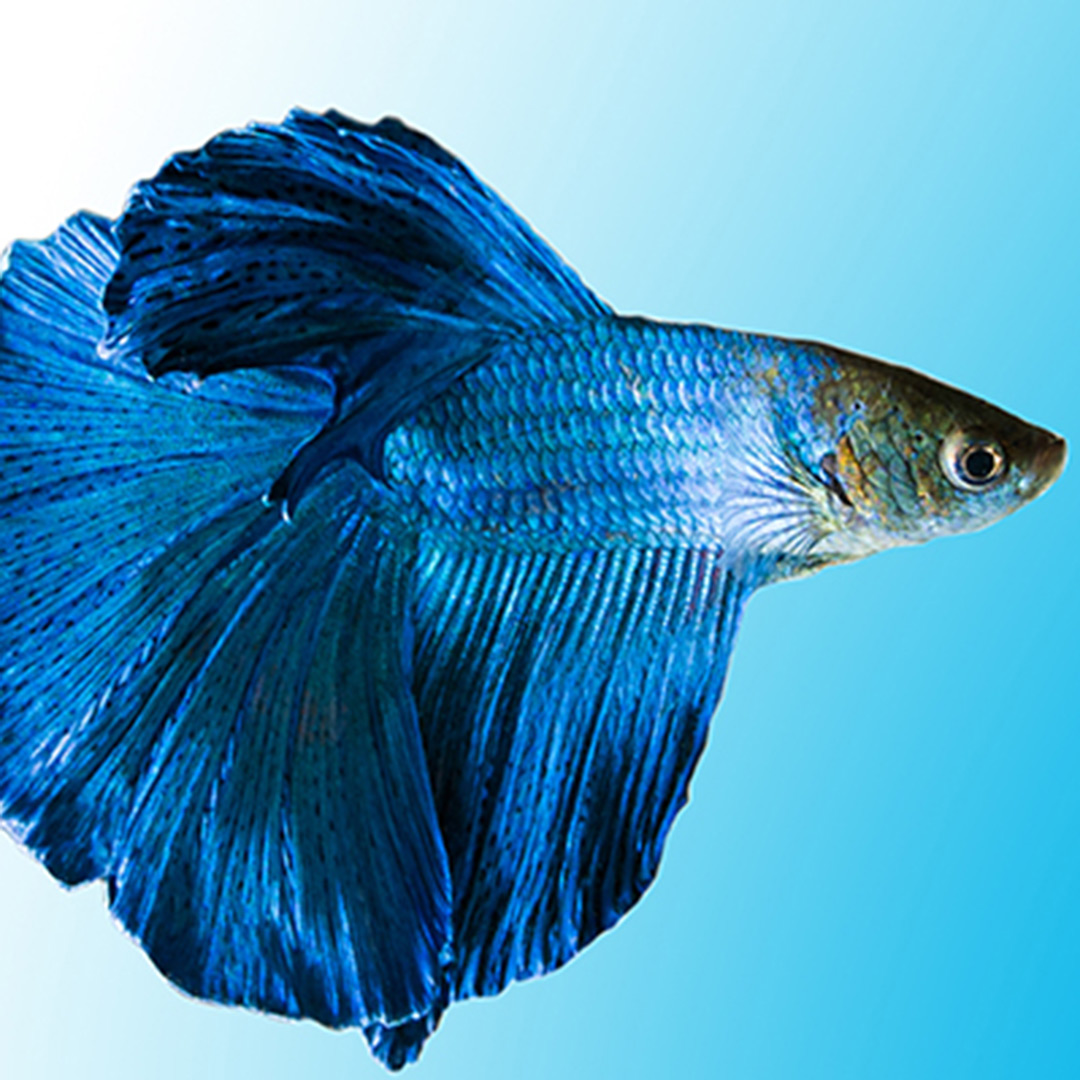Your first pet fish
When people ask me what type of pets that I can provide veterinary care for– everyone expects the standard answer of dogs and cats- maybe birds (of course I see those, too) but I always include fish. People are usually taken aback a little when they hear this- but it’s true- we can care for fish, too!
Although fish can’t be handled like a traditional pet, they are beautiful and it can be very rewarding to watch them grow. Just remember- like any other pet they do require specific food and environments in order to remain healthy. In this article, I’m going to discuss some basic things to think about if you’re considering getting a fish for the first-time- and some good choices to stock your tank with.

The Aquarium
Just like houses- aquariums come in all sizes- and instead measuring in square feet like we do in houses- aquariums (or tanks) are measured in gallons. Small aquariums are 10 gallons and can go up to 200 gallons or more. Naturally- like houses- the bigger they are- the more expensive they are to purchase and maintain. So, if you’re considering getting your first one- my advice is to start on the smaller scale- depending on the type of fish you are considering. A 10 gallon tank requires a pretty small footprint (about 20″ X 10″) and can be placed on most any type of sturdy surface. Larger tanks may require a stand or their own furniture to best manage the weight. Just remember that water is heavy (one gallon of water weighs a little over 8 pounds- so a 10 gallon tank will weigh close to 90 pounds when it’s filled and outfitted with filters, lid, lights and fish.
Accessories you will need
Air Pump
Although it’s not always necessary, most of the time it is. An air pump is crucial to maintaining a proper oxygen level for your fish. The air pump does not create oxygen- but actually helps create surface friction in the water at the top of the tank- which allows for fresh oxygen to be introduced into the tank. Air pumps are also necessary for some optional accessories and decor. Plan on getting one- as it’s well worth the investment.
Filter
Every tank needs a filter. When a fish takes water over their gills, they extract oxygen which they need to live. One of the byproducts of this process is ammonia. Your fish tank filter is designed to remove this- as well as other things like waste, excess food and other things that can contaminate your fish’s living space. There’s lots of different types of filters out there- and which one is right is dependent on the size of the tank, how many fish you have and if you have any other things in there- like plant life. One of the key features of a filter is water flow- which is rated in gallons per minute. The more GPM, the fresher the water will be.
Just because you have a good filtration system doesn’t mean that you never need to clean the tank. Aquariums will require regular maintenance- including changing filter materials and the removal of excess waste found in the gravel or whatever substrate you have on the bottom of the tank.
Heater (optional)
Depending on your fish’s natural environment, you may or may not require a heater. Some tropical fish can only live in water temperatures between 76-80 degrees (some higher). Most fish can survive with some mild temperature fluctuations- but keeping those fluctuations in check are important. I could write for several paragraphs on the topic- but I found this great article on the subject here- which describes why it’s so important.
Saltwater versus freshwater
Unless you have endless financial resources at your disposal- I always say freshwater is the way to go for a beginner. Don’t get me wrong- saltwater tanks are great- and there are so many amazing species of fish that require saltwater environments- but they’re also a lot more work and more expensive to maintain. That’s not to say that there aren’t great freshwater exotic fish that you and your family can enjoy.
Feeding
Over the past few decades, there’s been an explosion in the different types of specialty foods that one can buy for their special fish. Every fish is a little different- and some species thrive on live food- even microscopic live food like plankton or tiny live food like krill or even small, live fish. If you’re not into feeding live food- make sure you ask about what diets your prospective fish need in order to stay healthy.

The Goldfish
Yes- I said it. What can often be found in the backyard ponds around Florida- and prizes at the county fair actually are great starter fish. What’s great about the common goldfish is that they’re pretty hardy and easy to care for. They can grow to 12-14 inches- so it is important to have about a 30 gallon tank for when they become full-grown. A pair of adults would need a 55 gallon tank as they need about 30 gallons per adult to thrive.

Tetras
Although tetras are small- what they lack in size is made up for in brilliant color. Because of their diminutive status- they prefer to stick together in schools- and it is really cool to see the brilliant flashes of color moving in harmony throughout your aquarium. Suggested minimum of tetras is 6 (15 is better) since a small school can feel threatened and become stressed. Lifespan is about 5 years up to a maximum of 8 years.

Bettas
Bettas are popular due to the wide variety of colors that are available and they’re easy to care for. It’s important that you keep only one betta in the tank- as they’re fiercely aggressive towards other bettas. That’s why they’re also known as the ‘Siamese Fighting Fish’. Avoid semi-aggressive fish in a common tank like barbs- who are known for nipping at the betta’s beautiful flowing fins.

Cory Catfish
Almost every tank needs a bottom-feeder of some kind. Although they love to scavenge for leftovers on the bottom of the tank, they do require a specialty diet of food that specifically sinks to the bottom so they are assured large enough portions. They are also a schooling fish- so 3-6 are ideal in the tank.
Community Tanks
A community tank is where you have multiple species in the same tank. Think of your new fish tank like a playground. Not everyone gets along, some kids play nice with everybody- and others don’t play nice at all. Fish are the same way.
What’s great about a community tank is that you can have several species with a wide range of colors and shapes. Variety is the spice of life, right? But it’s important to keep the peace in a community tank- so look for non-aggressive species. Even if you have carefully selected fish known for their calm demeanor- it doesn’t mean that they can’t become territorial in your tank. It’s important to have as many hiding places throughout your tank so that less aggressive fish can escape from one who is more territorial or bullish. If you’re wondering if some of the fish you’re interested in are compatible in a community tank visit the following website:
https://theifishstore.com/pages/compatibility-chartGreat fish for beginners
No matter what type of fish you choose to stock your aquarium with- remember that these are living creatures that need your care and attention. Cleaning their tank and maintaining the accessories are important to the success and livelihood of the habitat. When done correctly, your aquarium can become the centerpiece of your living space and captivate you and your family for years to come.
Soon, I’ll be working on more blogs about tropical fish and cichlids if you’re interested in some more exotic species as your comfort level expands with your new aquarium.
